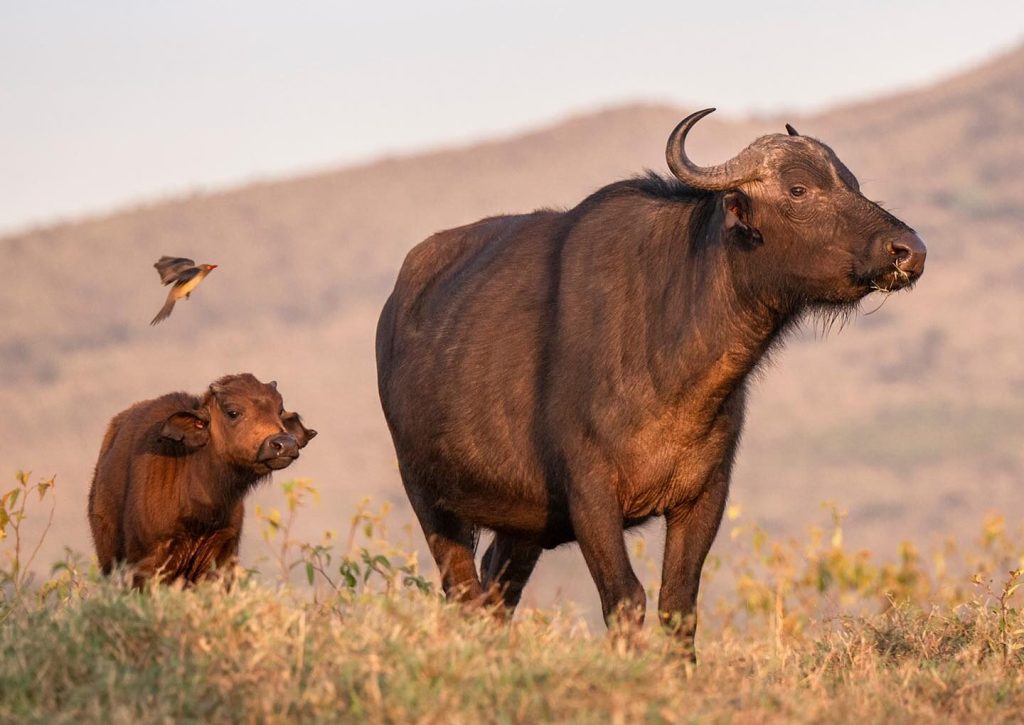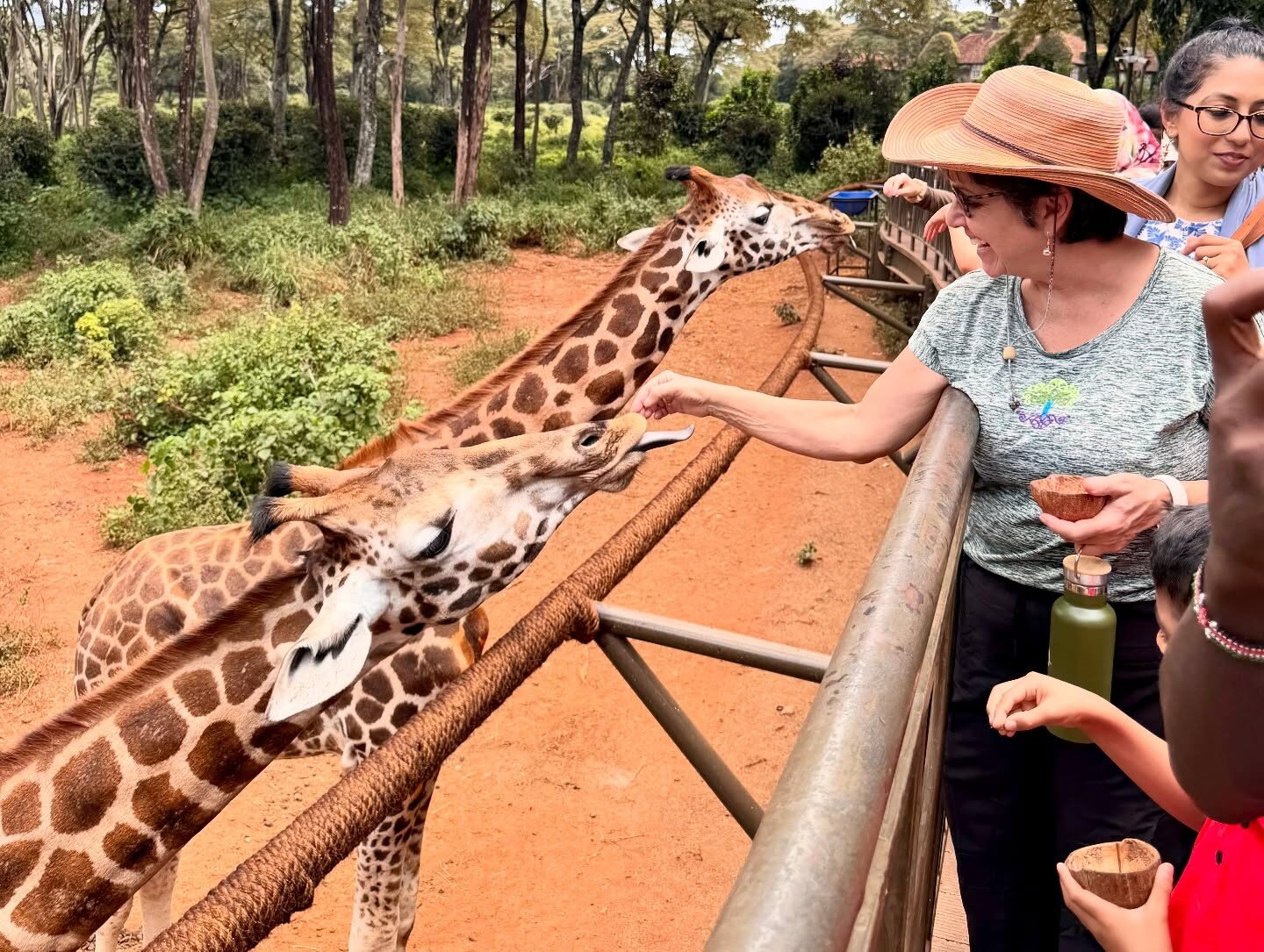Why timing matters more than you think
Over the years of planning safaris for older travelers, I’ve learned that the “when” can be just as important as the “where.” Seniors often want more than just ticking off the Big Five — they want the trip to feel comfortable, paced, and full of those wow moments without the stress. The right month can make all the difference between a dream trip and a frustrating one.
I once had a couple in their late 70s who insisted on coming in April — smack in the middle of the long rains. Don’t get me wrong, the landscapes were stunning, but the slippery roads and flooded river crossings had us reshuffling their itinerary daily. Since then, I’ve been more blunt about setting expectations for each season.
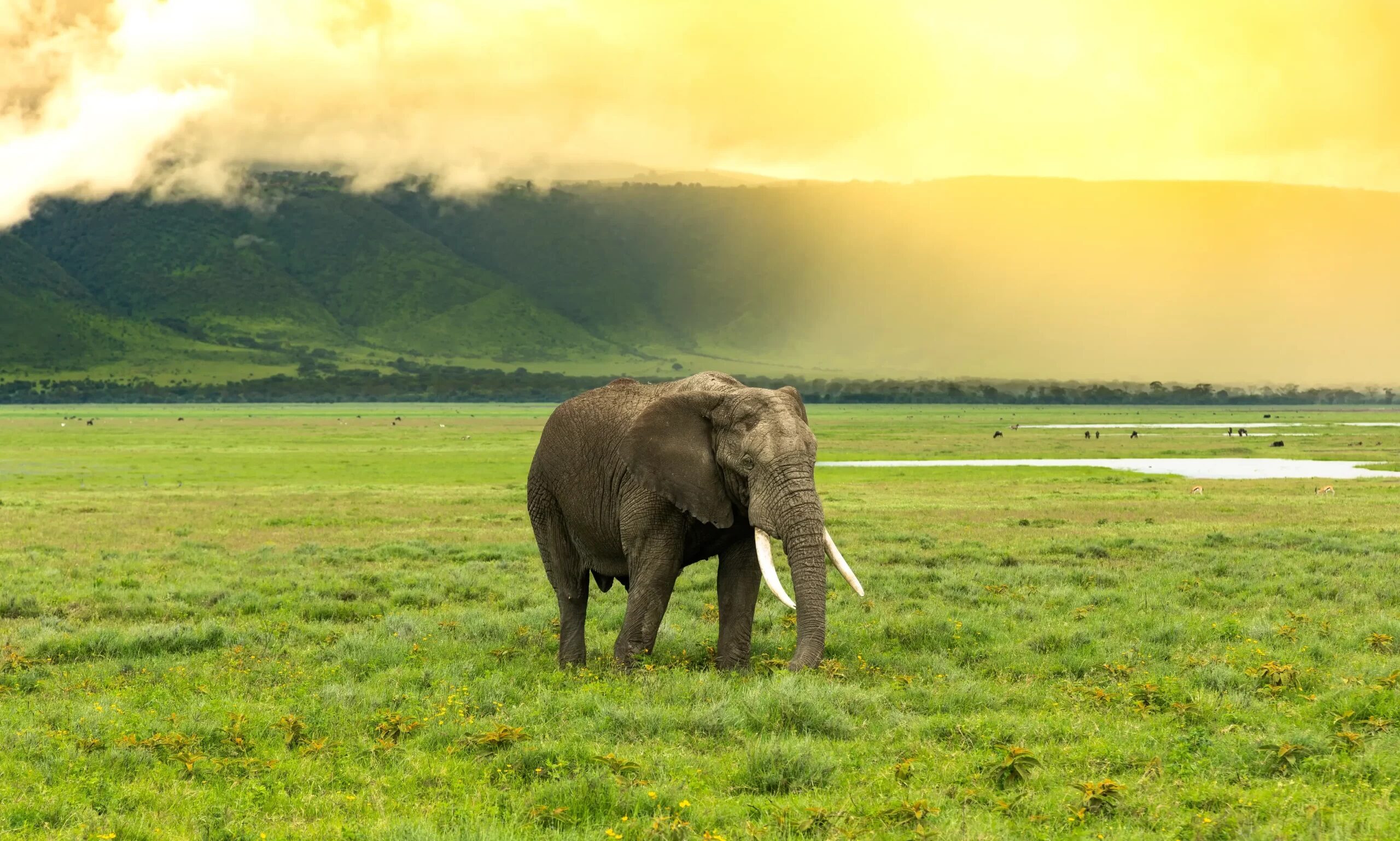
The ideal months for seniors in East Africa
If you want predictable weather and easy wildlife spotting, the dry season (June to October) is your golden ticket. Kenya’s Maasai Mara is buzzing with the Great Migration in July–September, and Tanzania’s Serengeti offers wide-open views with short grass and less humidity. Cool mornings mean more comfortable game drives, and you’ll avoid the sticky heat that can wear down older travelers fast.
On the flip side, January to March offers warm, green landscapes and fewer tourists — perfect for those who prefer a calmer atmosphere. This is calving season in the southern Serengeti, meaning plenty of baby wildebeest and predator action. Just keep in mind that midday temperatures can get toasty, so planning morning and late-afternoon drives is key.
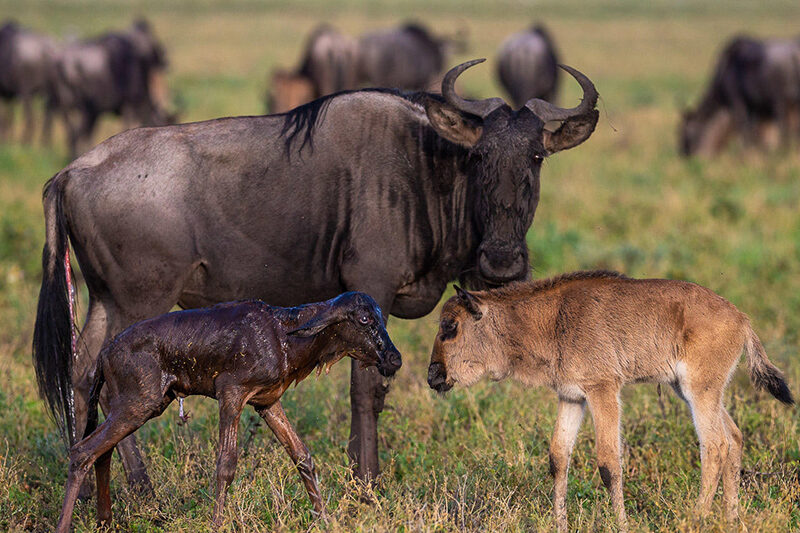
Month-by-month travel calendar for comfort and experience
- January–March: Green season, lush scenery, baby animals, fewer crowds. Great for photographers, but bring a hat and sunscreen.
- April–May: Long rains, fewer tourists, cheaper rates — but high risk of muddy roads. Best avoided unless you love adventure and don’t mind delays.
- June: Dry season begins, cooler mornings, animals start congregating around water sources.
- July–September: Peak wildlife season with the Great Migration, cooler weather, and high visibility.
- October: Still dry but with fewer tourists compared to August.
- November–December: Short rains — brief showers that freshen the landscape without too much disruption.
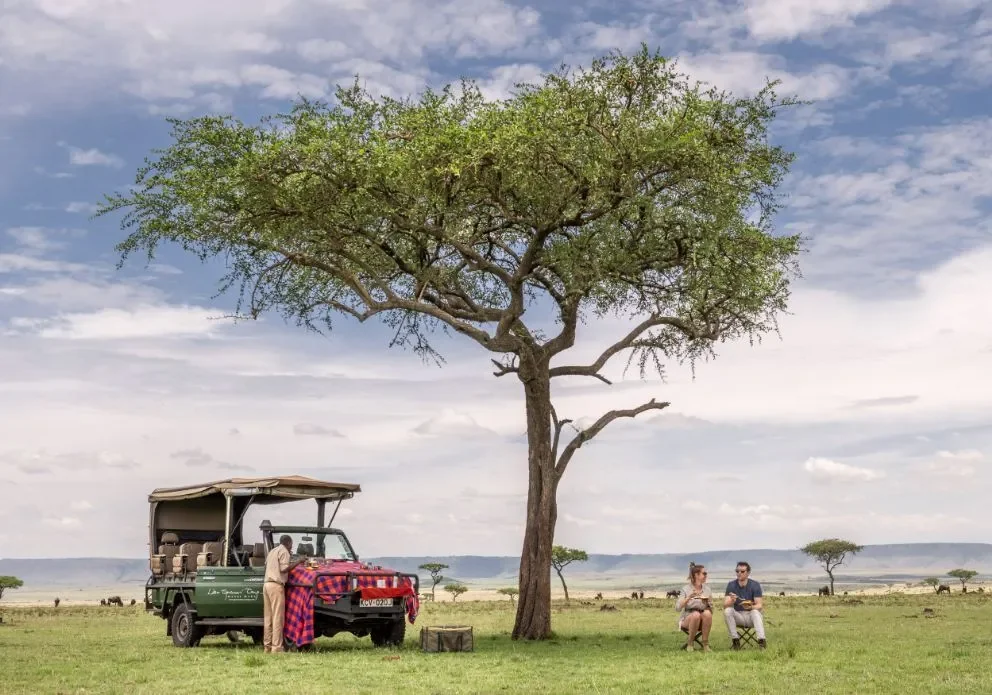
Lessons learned the hard way
One mistake I made early on was focusing only on the wildlife highlights when advising seniors. Comfort, accessibility, and road conditions matter just as much. An 80-year-old traveler shouldn’t have to endure a bone-jarring four-hour ride just to get to a park because it’s “prime migration season.”
I also advise building in rest days, especially in July and August when game drives can be long and dusty. A day at the lodge, watching animals at a nearby waterhole, can be just as memorable as chasing a cheetah sighting.
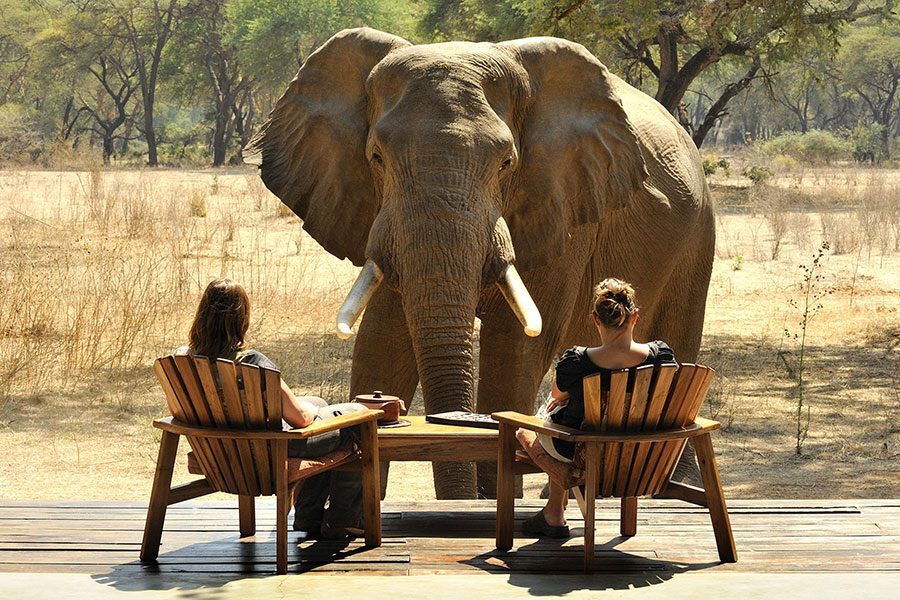
Final word: choose the calendar that matches your style
For senior safari travelers, the best calendar is the one that matches your energy, comfort needs, and interests. If wildlife density and dry roads are your priority, stick to June–October. If you prefer quieter parks, lush scenery, and don’t mind a bit of heat, January–March is magic.
The truth is, East Africa delivers all year — but picking the right month means you’ll enjoy every moment instead of battling the elements. And that’s the whole point of a senior-friendly travel calendar: to make sure your safari is remembered for the animals you saw, not the puddles you had to wade through.

